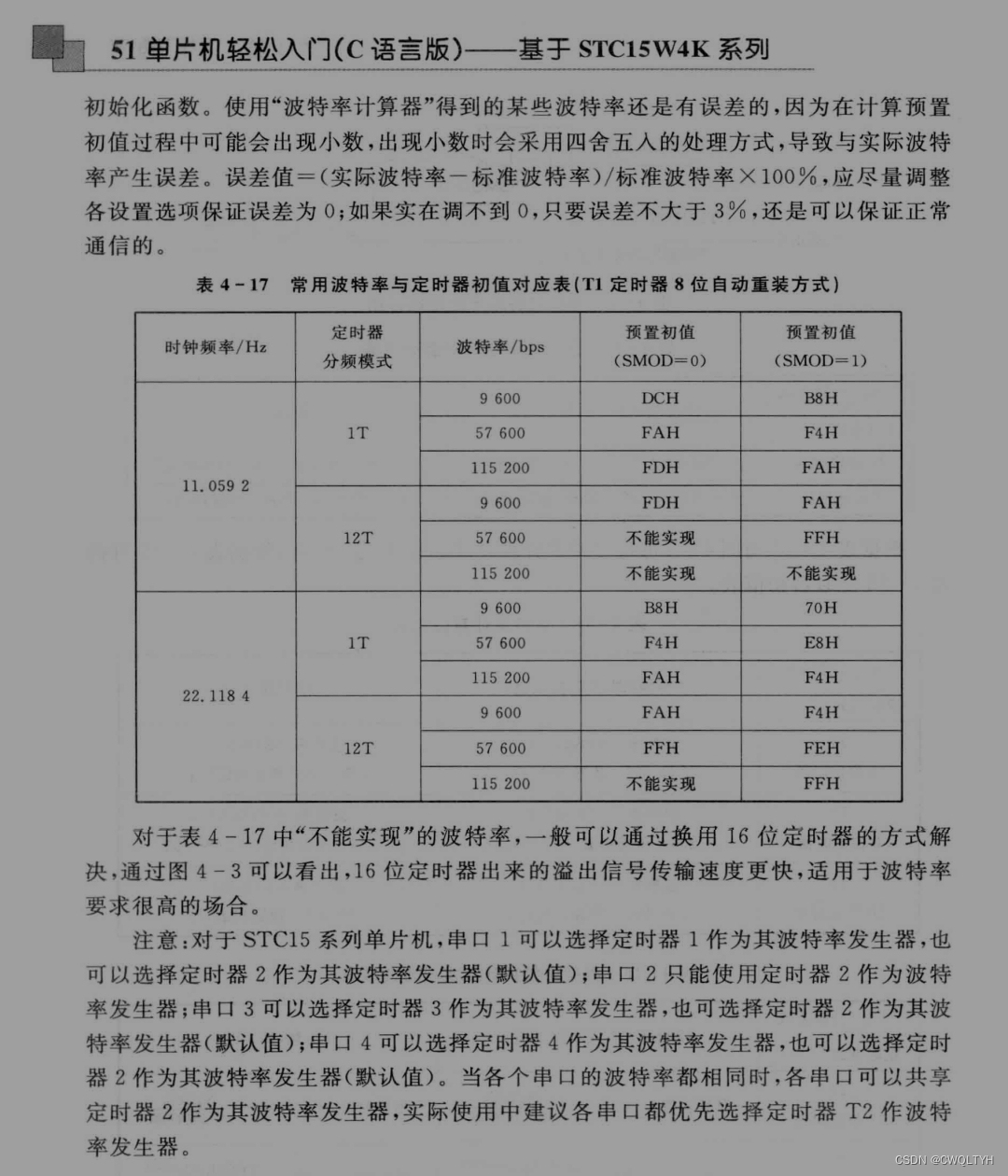hive内外表操作
建表语法
create [external] table [if not exists] 表名(字段名 字段类型 , 字段名 字段类型 , ... )
[partitioned by (分区字段名 分区字段类型)] # 分区表固定格式
[clustered by (分桶字段名) into 桶个数 buckets] # 分桶表固定格式 注意: 可以排序[sorted by (排序字段名 asc|desc)]
[row format delimited fields terminated by '字段分隔符'] # 自定义字段分隔符固定格式
[stored as textfile] # 默认即可
[location 'hdfs://域名:8020/user/hive/warehouse/库名.db/表名'] # 默认即可
; # 注意: 最后一定加分号结尾注意: 关键字顺序是从上到下从左到右,否则报错
default默认库存储路径: /user/hive/warehouse
自定义库在HDFS的默认存储路径: /user/hive/warehouse/库名.db
自定义表在HDFS的默认存储路径: /user/hive/warehouse/库名.db/表名
业务数据文件在HDFS的默认存储路径: /user/hive/warehouse/库名.db/表名/数据文件
数据类型
基本数据类型: 整数: int 小数: float double 字符串: string varchar(长度) 日期: date timestamp
复杂数据类型: 集合: array 映射: map 结构体: struct 联合体: union
表分类
Hive中可以创建的表有好几种类型, 分别是:
内部表:又叫管理表或者托管表
分区表(分区分桶表)
分桶表
外部表:又叫非管理表或者非托管表
分区表(分区分桶表)
分桶表
内部表和外部表区别?
内部表: 未被external关键字修饰的即是内部表, 即普通表。 内部表又称管理表,还可以叫托管表
删除内部表:直接删除元数据(metadata)和存储数据本身
外部表: 被external关键字修饰的即是外部表, 即关联表。 还可以叫非管理表或非托管表
删除外部表:仅仅是删除元数据(metadata),不会删除存储数据本身
查看表格式化信息: desc formatted 表名;
-- 内部表类型: MANAGED_TABLE
-- 外部表类型: EXTERNAL_TABLE
-- 内部表(又叫管理表或者托管表)
create table stu1(
id int,
name string
);
-- 外部表(又叫非管理表,非托管表)
create external table stu2(
id int,
name string
);
-- 查看表结构
desc stu1;
desc stu2;
-- 查看表格式化信息
desc formatted stu1; -- 内部表类型: managed_table
desc formatted stu2; -- 外部表类型: external_table
-- 演示内外部表的重点区别
-- 删除内部表(管理表/托管表),会删除表相关的所有数据
insert into stu1 values(1,'张三');
drop table stu1;
-- 删除外部表,只删除了元数据,hdfs中业务数据保留
insert into stu2 values(1,'张三');
drop table stu2;
-- 再次建表后,可以使用location重新关联原来hdfs保留的业务数据
create external table stu22(
id int,
name string
)location '/user/hive/warehouse/hive1.db/stu2';
-- 验证数据
select * from stu22 limit 10;内部表基本操作
创建内部表: create table [if not exists] 内部表名(字段名 字段类型 , 字段名 字段类型 , ... )[row format delimited fields terminated by '字段分隔符'] ;
复制内部表: 方式1: like方式复制表结构 方式2: as 方式复制表结构和数据
删除内部表: drop table 内部表名;
注意: 删除内部表效果是mysql中表相关元数据被删除,同时存储在hdfs中的业务数据本身也被删除查看表格式化信息: desc formatted 表名; -- 内部表类型: MANAGED_TABLE
注意: 还可以使用truncate清空内部表数据 格式: truncate table 内部表名;
-- 操作表的前提:先有库并使用它
create database hive2;
use hive2;
-- 一.内部表的创建和删除
-- 1.演示创建内部表
-- 建表方式1
create table inner_stu1(
id int,
name string
);
-- 插入数据
insert into inner_stu1 values(1,'张三');
-- 建表方式2: 复制表结构
create table inner_stu2 like inner_stu1;
-- 插入数据
insert into inner_stu2 values(1,'张三');
-- 建表方式3: 复制表结构和数据
create table inner_stu3 as
select * from inner_stu1;
-- 2.演示查看内部表结构详细信息
-- 内部表类型: MANAGED_TABLE
desc formatted inner_stu1;
desc formatted inner_stu2;
desc formatted inner_stu3;
-- 3.演示内部表的删除
-- 删除内部表
drop table inner_stu3;-- 元数据和业务数据均被删除
-- 清空内部数据
truncate table inner_stu2;
-- 注意: delete和update不能使用
delete from inner_stu1;-- 报错
update inner_stu1 set name = '李四'; -- 报错外部表基本操作
创建外部表: create external table [if not exists] 外部表名(字段名 字段类型 , 字段名 字段类型 , ... )[row format delimited fields terminated by '字段分隔符'] ;
复制表: 方式1: like方式复制表结构 注意: as方式不可以使用
删除外部表: drop table 外部表名;
注意: 删除外部表效果是mysql中元数据被删除,但是存储在hdfs中的业务数据本身被保留
查看表格式化信息: desc formatted 表名; -- 外部表类型: EXTERNAL_TABLE注意: 外部表不能使用truncate清空数据本身
-- 二.外部表的创建和删除
-- 1.外部的表创建
-- 建表方式1
create external table outer_stu1(
id int,
name string
);
-- 插入数据
insert into outer_stu1 values(1,'张三');
-- 建表方式2
create external table outer_stu2 like outer_stu1;
-- 插入数据
insert into outer_stu2 values(1,'张三');
-- 注意: 外部表不能使用create ... as 方式复制表
create external table outer_stu3 as
select * from outer_stu1; -- 报错
-- 2.演示查看外部表结构详细信息
-- 外部表类型: EXTERNAL_TABLE
desc formatted outer_stu1;
desc formatted outer_stu2;
-- 3.演示外部表的删除
-- 删除表
drop table outer_stu2;
-- 注意: 外部表不能使用truncate关键字清空数据
truncate table outer_stu1; -- 报错
-- 注意: delete和update不能使用
delete from outer_stu1; -- 报错
update outer_stu1 set name = '李四'; -- 报错查看/修改表
查看所有表: show tables;
查看建表语句: show create table 表名;
查看表信息: desc 表名;
查看表结构信息: desc 表名;
查看表格式化信息: desc formatted 表名; 注意: formatted能够展示详细信息修改表名: alter table 旧表名 rename to 新表名
字段的添加: alter table 表名 add columns (字段名 字段类型);
字段的替换: alter table 表名 replace columns (字段名 字段类型 , ...);
字段名和字段类型同时修改: alter table 表名 change 旧字段名 新字段名 新字段类型;
注意: 字符串类型不能直接改数值类型
修改表路径: alter table 表名 set location 'hdfs中存储路径'; 注意: 建议使用默认路径
location: 建表的时候不写有默认路径/user/hive/warehouse/库名.db/表名,当然建表的时候也可以直接指定路径修改表属性: alter table 表名 set tblproperties ('属性名'='属性值'); 注意: 经常用于内外部表切换
内外部表类型切换: 外部表属性: 'EXTERNAL'='TRUE' 内部表属性: 'EXTERNAL'='FALSE'
-- 三.表的查看/修改操作
-- 验证之前的内外部表是否存在以及是否有数据,如果没有自己创建,如果有直接使用
select * from inner_stu1 limit 1;
select * from outer_stu1 limit 1;
-- 1.表的查看操作
-- 查看所有的表
show tables;
-- 查看建表语句
show create table inner_stu1;
show create table outer_stu1;
-- 查看表基本机构
desc inner_stu1;
desc outer_stu1;
-- 查看表格式化详细信息
desc formatted inner_stu1;
desc formatted outer_stu1;
-- 2.表的修改操作
-- 修改表名
-- 注意: 外部表只会修改元数据表名,hdfs中表目录名不会改变
alter table inner_stu1 rename to inner_stu;
alter table outer_stu1 rename to outer_stu;
-- 修改表中字段
-- 添加字段
alter table inner_stu add columns(age int);
alter table outer_stu add columns(age int);
-- 替换字段
alter table inner_stu replace columns(id int,name string);
alter table outer_stu replace columns(id int,name string);
-- 修改字段
alter table inner_stu change name sname varchar(100);
alter table outer_stu change name sname varchar(100);
-- 修改表路径(实际不建议修改)
-- 注意: 修改完路径后,如果该路径不存在,不会立刻创建,以后插入数据的时候自动生成目录
alter table inner_stu set location '/inner_stu';
alter table outer_stu set location '/outer_stu';
-- 修改表属性
-- 先查看类型
desc formatted inner_stu; -- MANAGED_TABLE
desc formatted outer_stu; -- EXTERNAL_TABLE
-- 内部表改为外部表
alter table inner_stu set tblproperties ('EXTERNAL'='TRUE');
-- 外部表改为内部表
alter table outer_stu set tblproperties ('EXTERNAL'='FALSE');
-- 最后再查看类型
desc formatted inner_stu; -- EXTERNAL_TABLE
desc formatted outer_stu; -- MANAGED_TABLE默认分隔符
创建表的时候,如果不指定分隔符,以后表只能识别默认的分隔符,键盘不好打印,展示形式一般为:\0001,SOH,^A,□
-- 默认分隔符: 创建表的时候不指定就代表使用默认分隔符
-- 1.创建表
create table stu(
id int,
name string
);
-- insert方式插入数据,会自动使用默认分隔符把数据连接起来
-- 2.插入数据
insert into stu values(1,'zhangsan');
-- 3.验证数据
select * from stu limit 1;
-- 当然也可以通过在hdfs中查看,默认分隔符是\0001,其他工具中也会展示为SOH,^A,□快速映射表
创建表的时候指定分隔符: create [external] table 表名(字段名 字段类型)row format delimited fields terminated by 符号;
加载数据: load data [local] inpath '结构化数据文件' into table 表名;
-- 创建表
create table products(
id int,
name string,
price double,
cid string
)row format delimited
fields terminated by ',';
-- 加载数据
-- 注意: 如果从hdfs中加载文件,本质就是移动文件到对应表路径下
load data inpath '/source/products.txt' into table products;
-- 验证数据
select * from products limit 1;数据导入和导出
文件数据加载导入
1.直接上传文件
Windows页面上传
需求: 已知emp1.txt文件在windows/mac系统,要求使用hdfs保存此文件 并且使用hivesql建表关联数据
-- 1.先在hive上根据数据建表,然后在window/mac上传文件到hdfs表路径中
create table emp1(
id int,
name string,
sal double,
dept string
)row format delimited
fields terminated by ',';
-- windows使用hdfs页面上传文件
-- node1:9870访问页面把emp1.txt上传到/user/hive/warehouse/hive02.db/emp1路径下
-- 查询数据
select * from emp1;Linux本地put上传
需求: 已知emp2.txt文件在linux系统,要求使用hdfs保存此文件 并且使用hivesql建表关联数据
-- 2.先在hive上根据数据建表,然后在linux上传文件到hdfs表路径中
create table emp2(
id int,
name string,
sal double,
dept string
)row format delimited
fields terminated by ',';
-- linux使用hdfs命令上传文件
-- [root@node1 ~]# hdfs dfs -put emp2.txt /user/hive/warehouse/hive02.db/emp2
-- 查看数据
select * from emp2;2.load加载文件
从hdfs路径把文件移动到表对应存储路径中: load data inpath 'HDFS文件路径' [overwrite] into table 表名;
从linux本地把文件上传到表对应存储路径中: load data local inpath 'Linux文件路径' [overwrite] into table 表名;
load移动HDFS文件
-- 数据导入
-- 需求1: load加载hdfs中文件到表路径中
-- 1.根据资料中search_log.txt数据创建表
create table search_log(
dt string,
uid string,
name string,
url string
)row format delimited fields terminated by '\t';
-- 2.把windows中search_log.txt文件上传hdfs其他路径,例如:/src中
-- 3.使用load把hdfs的/src中的文件移动到search_log对应hdfs表存储路径中
load data inpath '/src/search_log.txt' into table search_log;
-- 4.查询数据
select * from search_log;load上传Linux文件
-- 需求2: 直接把linux中最新的search_log.txt文件上传到search表对应hdfs路径中
-- 先把资料中search_log.txt文件传到linux中,例如:/root
-- load命令上传文件
load data local inpath '/root/search_log.txt' overwrite into table search_log;
-- 查看最终数据
select * from search_log;3.insert插入数据
从其他表查询数据'追加'插入到当前表中: insert into [table] 表名 select 语句;
从其他表查询数据'覆盖'插入到当前表中: insert overwrite table 表名 select 语句;
insert追加数据
-- 需求1:创建一个search_log_copy表,然后从search_log查询数据插入到新表中
create table search_log_copy(
dt string,
uid string,
word string,
url string
)row format delimited
fields terminated by '\t';
-- 从search_log表中查所有数据,直接插入到search_log_copy表
insert into table search_log_copy select * from search_log;
-- 查看数据
select * from search_log_copy;insert覆盖数据
-- 需求2: 假设search_log表中数据改变了,要求把最新的数据更新到search_log_copy表中
insert overwrite table search_log_copy select * from search_log;
-- 查看数据
select * from search_log_copy;文件数据导出
1.直接下载文件
web页面下载
需求: 已知search_log.txt文件在HFDS的/user/hive/warehouse/hive02.db/search_log路径下,要下载到window系统
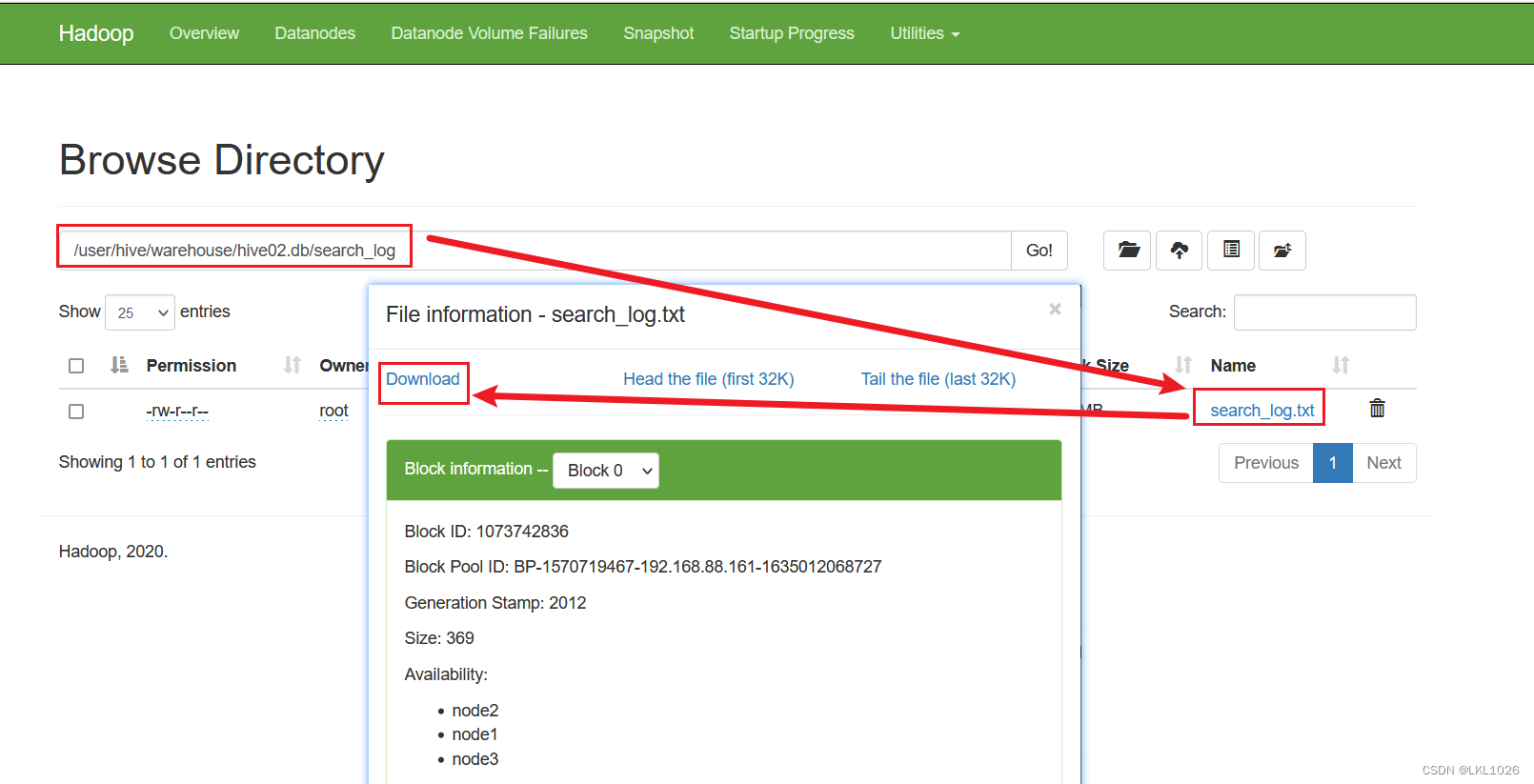
get命令下载文件
需求: 已知search_log.txt文件在HFDS的/user/hive/warehouse/hive02.db/search_log路径下,要下载到linux系统
[root@node1 binzi]# hdfs dfs -get /user/hive/warehouse/hive02.db/search_log/search_log.txt /binzi2.insert导出数据
查询数据导出到hdfs其他路径: insert overwrite directory 'hfds存储该数据路径' select语句;
查询数据导出到linux本地中: insert overwrite local directory 'linux存储该数据路径' select语句;
注意: overwrite默认是覆盖重写,所以在指定存储该数据路径的时候尽量指定一个空的目录
注意: 导出数据的时候不指定分隔符采用默认分隔符SOH,0001,?...
导出数据指定分隔符添加: row format delimited fields terminated by '分隔符'
insert导出到hdfs
-- 演示insert overwrite导出数据到文件
-- 语法: insert overwrite [local] directory 文件存储路径 [指定分隔符] select语句;
-- 导出数据到hfds
-- 注意: 如果是根目录/,会自动创建-ext-10000目录存储生成的000000_0文件
-- 但是其他目录,会自动清空所有内容,再生成一个000000_0文件,所以注意导出目录尽量是一个新的空目录
-- 默认分隔符
insert overwrite directory '/source' select * from search_log1;
-- 指定分隔符
insert overwrite directory '/output'
row format delimited fields terminated by ','
select * from search_log1;insert导出Linux
-- 2.2导出到linux
-- [root@node1 ~]# mkdir /output
-- 导出到linux的/output目录下,自动生成000000_0文件存储查询结果
-- 默认分隔符
insert overwrite local directory '/output' select * from search_log1;
-- 指定分隔符
insert overwrite local directory '/output'
row format delimited fields terminated by ','
select * from search_log1;3.hive_shell命令
hive命令执行sql语句: hive -e "sql语句" > 存储该结果数据的文件路径
hive命令执行sql脚本: hive -f sql脚本文件 > 存储该结果数据的文件路径
hql语句导出
# 以下命令都是在linux的shell命令行执行
# 3.1使用hive -e sql语句方式导出数据
[root@node1 ~]# hive -e 'select * from hive02.search_log;' > /home/hs1.txt
[root@node1 ~]# cat hs1.txthql脚本导出
# 3.2使用hive -f 脚本文件方式导出数据
[root@node1 ~]# echo 'select * from hive02.search_log;' > /home/export.sql
[root@node1 ~]# hive -f export.sql > /home/hs2.txt
[root@node1 ~]# cat hs2.txt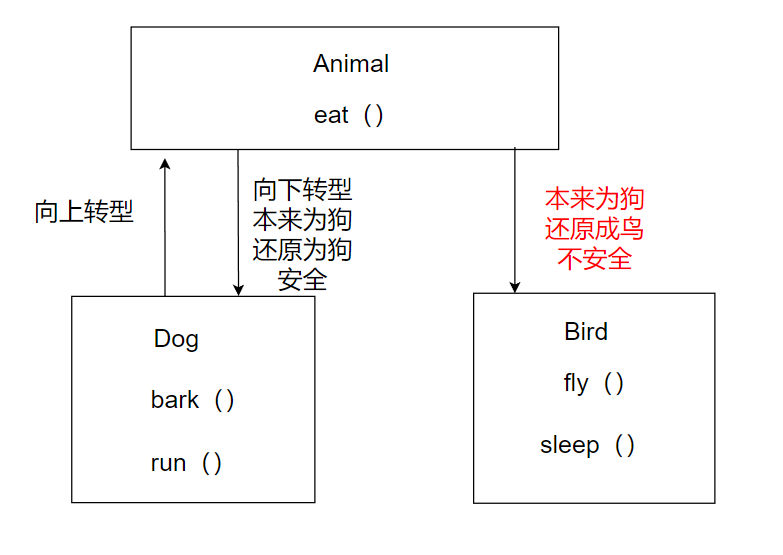




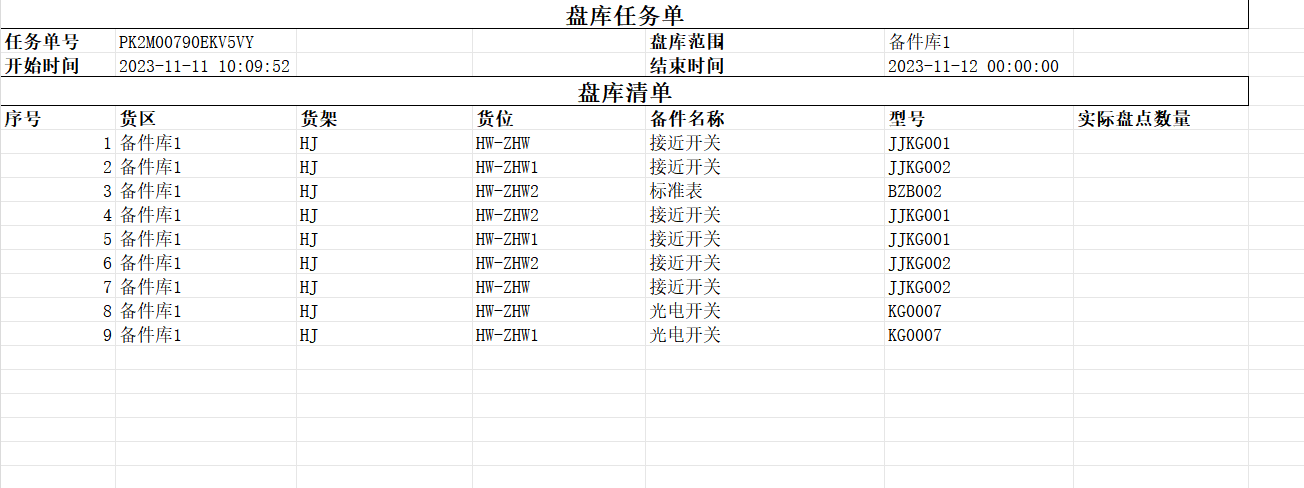




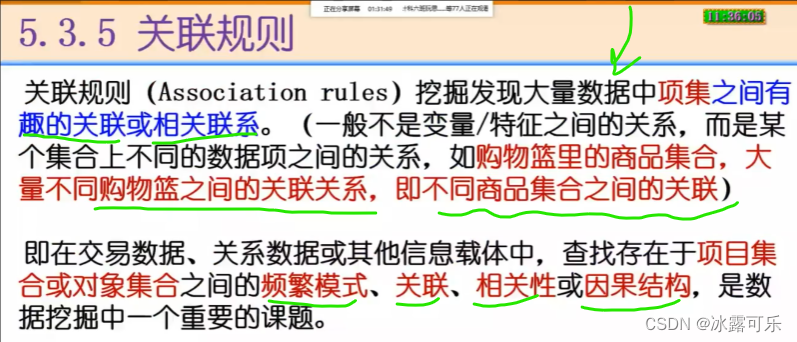
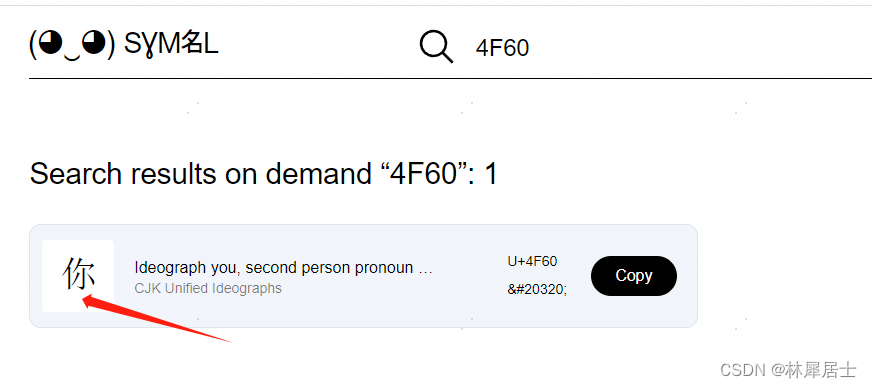
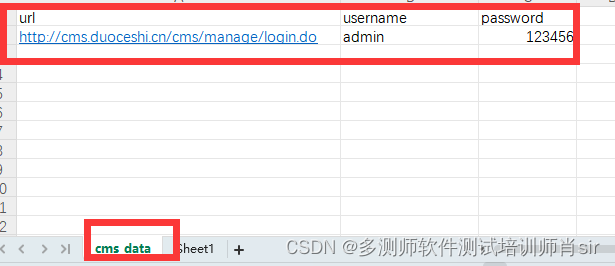

![[LeetCode] 5.最长回文子串](https://img-blog.csdnimg.cn/24885e1a77794a94acd32cf50a993127.png#pic_center)



